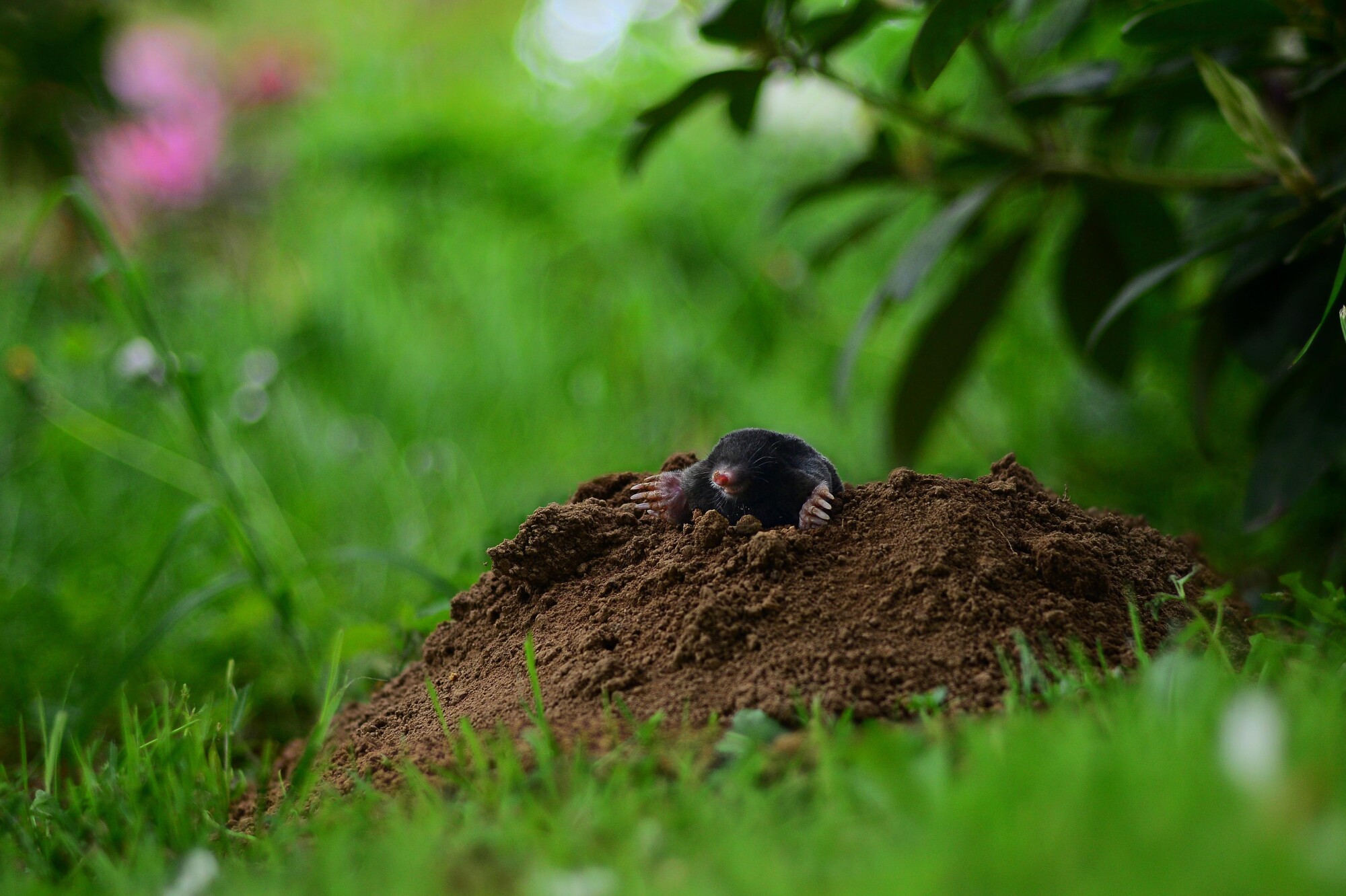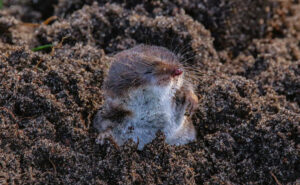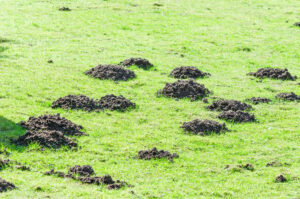
A mole problem in your yard is time-sensitive, so it’s important to know what signs to watch for. If you act quickly, you can minimize mole damage to your lawn.
Many homeowners aren’t aware of the common signs of a mole invasion. This means that their yard suffers until the damage is significant such as a collapsed driveway.
In this article, we discuss mole damage and how to treat it. We also discuss mole damage vs vole damage to make sure you know the difference. Continue reading to learn how to save your yard.
1. Mounds of Dirt
Mounds of dirt are one of the first signs of mole damage to your lawn. These mounds signify either the entry or exit of an underground tunnel. Moles tunnel under your yard to access their underground homes or in search of food.
If you only notice a few mounds, your mole problem may be only starting. If you see many mounds, you might have more than one mole living in your yard. It’s common for two or three moles to share one acre of property.
2. Raised Ridges
One of the most common signs of a mole problem is raised ridges in your yard. This occurs when moles dig tunnels underneath your lawn while they search for food. As they move, they displace soil, which can disturb surface soil.
If you live in a region with a lot of snow, it may be more difficult to detect this sign of mole damage in winter. They tend to dig deeper in winter as the surface soil freezes.
3. Dead Grass
These tunnels are bad for the surface of your lawn because they displace the soil underneath. This disturbance causes brown spots in your grass.
Dead or dying grass may outline the shape of the tunnels, but it can also be in larger patches. The longer you have moles, the worse the mole damage in your yard.
4. Sudden Growth of Weeds
Many homeowners are surprised that the sudden growth of weeds can be a sign of a mole problem in your yard. This occurs because of the disturbed and overturned soil.
They make ideal conditions for weeds by killing grass and providing fresh soil. This makes it easier for the weeds to take root.
5. Loose Soil
Another side effect of mole damage is loose soil. Loose soil is another problem caused by tunneling. If you notice soft spots in your grass, it’s likely there’s a tunnel beneath the surface.
If left to terrorize your lawn, a mole problem in your yard can result in extreme damage. Examples include collapsed driveways and ground pools.
Moles tend to dig down around 10 inches below the surface where it’s easier to find food. However, they can dig further due to powerful front claws.
Mole Identification
Because of the large amount of damage they cause, it’s surprising that moles are small in size. Their bodies are only about 5-6 inches in length and weigh 3-4 ounces. They are characterized by their dark fur, small eyes, a long, hairless snout, and disproportionately large webbed forefeet.
Being able to identify a mole is important so you can use the right prevention and control strategies. Moles are sometimes confused with voles because of the similar name and the similarities in vole vs mole damage.
Mole vs Vole Damage
The only similarity between voles and moles is that both tunnel underground. Voles look very different from moles in that that they look like mice with short tails.
Voles are also vegetarian while moles are carnivorous (they eat meat). This is evident when you compare mole vs vole damage.
The entrances/exits of a vole’s tunnels are typically found underneath the leaves of plants and in other areas of vegetation. They are likely to devour your garden from the roots.
How to Fix Your Mole Problem
Once you’ve identified that you have a mole problem, your next goal is likely to prevent as much mole damage to your lawn as possible. Two key parts of treating a mole issue are removal through trapping followed by prevention.
Mole Trapping
The best way to get rid of moles is through trapping. Trapping is also a preferred method to poison. This is because poison bait rarely affects the moles.
Once moles move into your yard, they don’t leave. The problem only worsens with time as does the amount of mole damage.
For these and other reasons, we recommend working with a professional mole removal company. At Trap Your Moles, we use humane methods to lure and capture the moles in your yard. Our testimonials show effective and reliable techniques.
Mole Prevention
After trapping, the next step is to prevent other moles from settling in. Start by considering why moles were attracted to your yard in the first place.
Oftentimes, moles chose yards because they have ample food supply. Check your soil for bugs and look into options for treating non-beneficial pests. For example, grubs can be treated with nematodes.
You can also take measures to protect specific plants by surrounding them with underground wire mesh cages. Moles and rodents can’t chew through the wire mesh, keeping the plant safe.
Watch Out for Signs of a Mole Problem
Keeping an eye out for signs of a mole problem in your yard is the best way to ensure they’re dealt with quickly. The longer they’re left to wreak havoc, the worse the mole damage to your lawn will be.
Also, make sure you’re able to distinguish a mole from other yard pests. This will help you take proper steps in removing them and preventing them in the future.
To get help with your mole problem, contact us today.







No comment yet, add your voice below!